Particular types of warehouses differ in terms of their construction, the way goods are stored, their function and how they operate. What are the differences between the types? Why should you choose a type of warehouse according to your business operations?
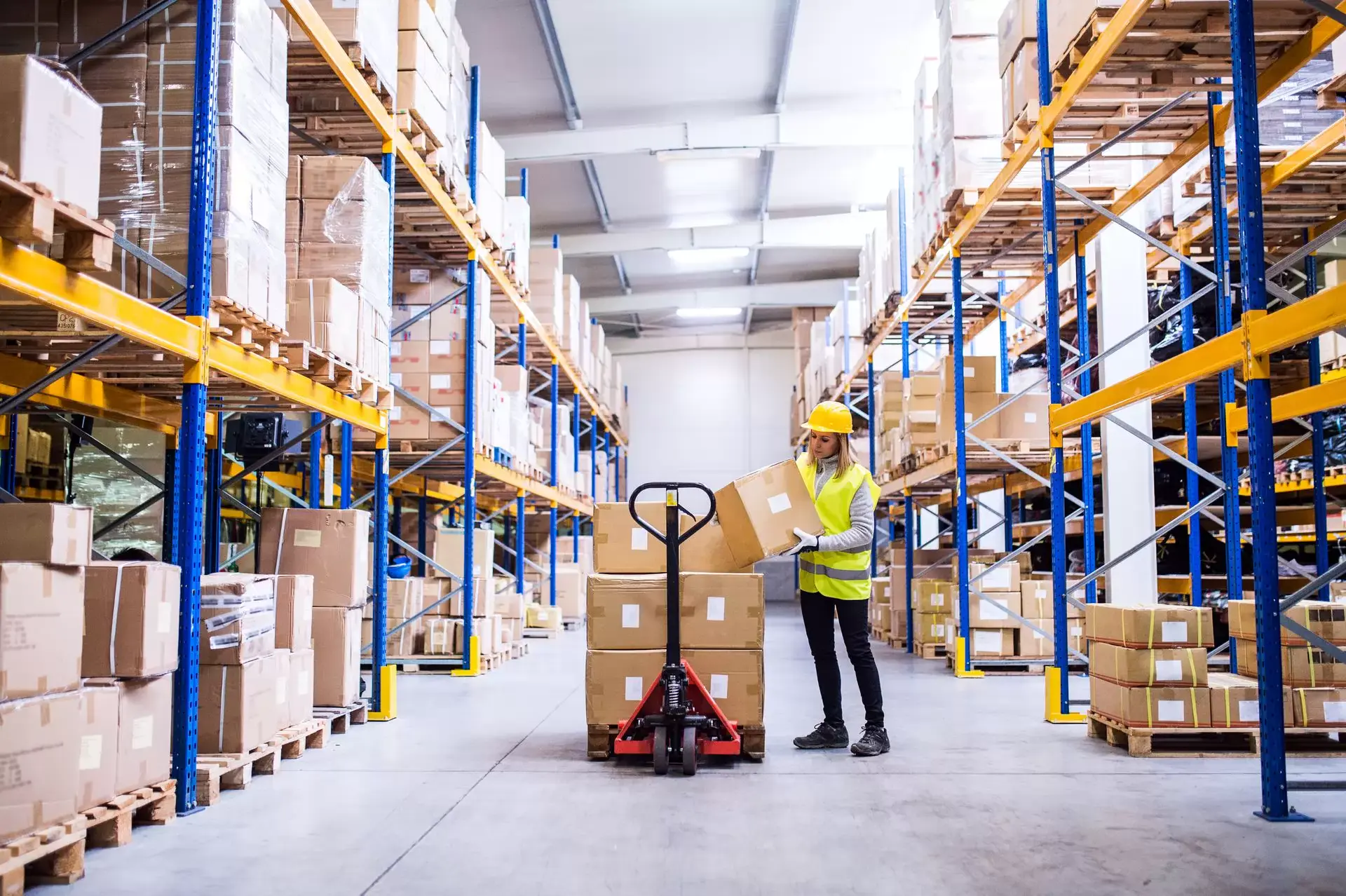
Particular types of warehouses differ in terms of their construction, the way goods are stored, their function and how they operate. What are the differences between the types? Why should you choose a type of warehouse according to your business operations?
Types of warehouses – according to their construction
If you are wondering what type of warehouse will suit your business, the first thing to consider is what kind of goods you are going to store. This is directly related to what type of warehouse you will need. If you plan to set up a shipping company, a shop, or a manufacturing company, consider your storage needs when preparing your business plan.
Types of warehouses can be divided according to their construction into:
- open-air storage – this type is in fact storage space without any roofing; it will be suitable for storing products or machinery that are resistant to weather conditions; these may be building or gardening materials, containers, forklifts or diggers; open-air storage is the simplest solution and often also the cheapest;
- semi-open warehouses – these have roofed structures on their premises, although without walls; semi-open warehouses can be used for storing goods that are resistant to temperature fluctuations or require extensive ventilation, but at the same time need to be protected from rainfall;
- indoor warehouses – these are halls or other buildings for storing goods that require specific conditions in terms of humidity or temperature, or products that simply cannot be kept outdoors; indoor warehouses also include cold stores.
Types of warehouses – by storage method
The division according to their construction also influences the way the goods will be stored This depends on how the space is used – the higher a given facility, the more goods it can store.
The division into types of warehouse according to the storage methods includes:
- low-storage warehouses – goods are stored at a height of up to 4.2 metres
- medium-storage warehouses – storage racks are a total of 4.2 to 7.2 metres high,
- high-storage warehouses – storage can be up to even 25 metres high.
In the case of medium- or high-storage facilities, it may be necessary to use special equipment, such as forklifts with a sufficiently large mast.
Goods can be stored on racks or pallets. Products can also be stored in special containers, for example silos or tanks.
Types of warehouses – division according to function
Each warehouse is used to store goods or equipment, but the purpose of a given facility may differ depending on the business profile of a given company. For this reason, a further division according to the following functions can also be used:
- distribution or sorting warehouse – this is where the products of the various companies that use the premises are stored; the role of the warehouse staff is to compile the goods for further retail or wholesale distribution;
- industrial or production warehouses – these are used to store components, semi-finished products and other elements that are used by a given company to produce goods (for example a parts warehouse for an automotive production plant);
- supply warehouses – these are for storing raw materials, components and parts from various suppliers, which are then sorted, compiled and dispatched according to the order sequence.
Types of warehouse according to their function can also be divided into:
- reloading warehouses – located in ports and other transportation hubs, where goods are stored before being transferred to another means of transport, for example from a container ship to a lorry;
- container warehouses – as the name implies, such warehouses are used for collecting and dispatching containers;
- customs warehouses – they store goods that need to be checked by customs;
- consignment warehouses – these are often used by entities that import products from abroad; in legal terms, they are distinguished by the fact that the goods only become the property of the final recipient when they are collected from the warehouse.
Basic warehouse equipment
Regardless of the type of warehouse, in order to provide an efficient service the right equipment will be needed. What kind of warehouse equipment will be necessary?
First of all, you should choose solutions that will help keep the storage area tidy. Racks, shelves or stands for containers and other similar equipment will make it easier to appropriately locate given items. The use of warehouse equipment and solutions are also important in terms of health & safety – items will not be left lying around, will be better sorted and easier to find.
Devices such as roller feeders and roller stands will help efficiently move items from one place to another within the warehouse, letting you move packages, pipes or boards without much effort and without having to lift them. Feeders and racks will streamline the sorting process and limit the risk of damage to the sorted items.
Another category are the equipment and vehicles used for transport. These include forklifts, but also forklifts or winches.
Health & safety articles and equipment are also important to ensure an appropriate level of safety within the warehouse. These include fire extinguishers, as well as personal safety equipment such as protective goggles or work gloves. Code readers, strapping machines and scales will also speed up the day-to-day functioning of the warehouse.
Types of warehouses – summary
Types of warehouse differ from each other not only in terms of their basic design, but also in the way they operate. Whether you want to create your own warehouse or rent storage space, take into account what products you need to store and how they will be dispatched. A building materials warehouse will operate differently than one with electronic equipment components.

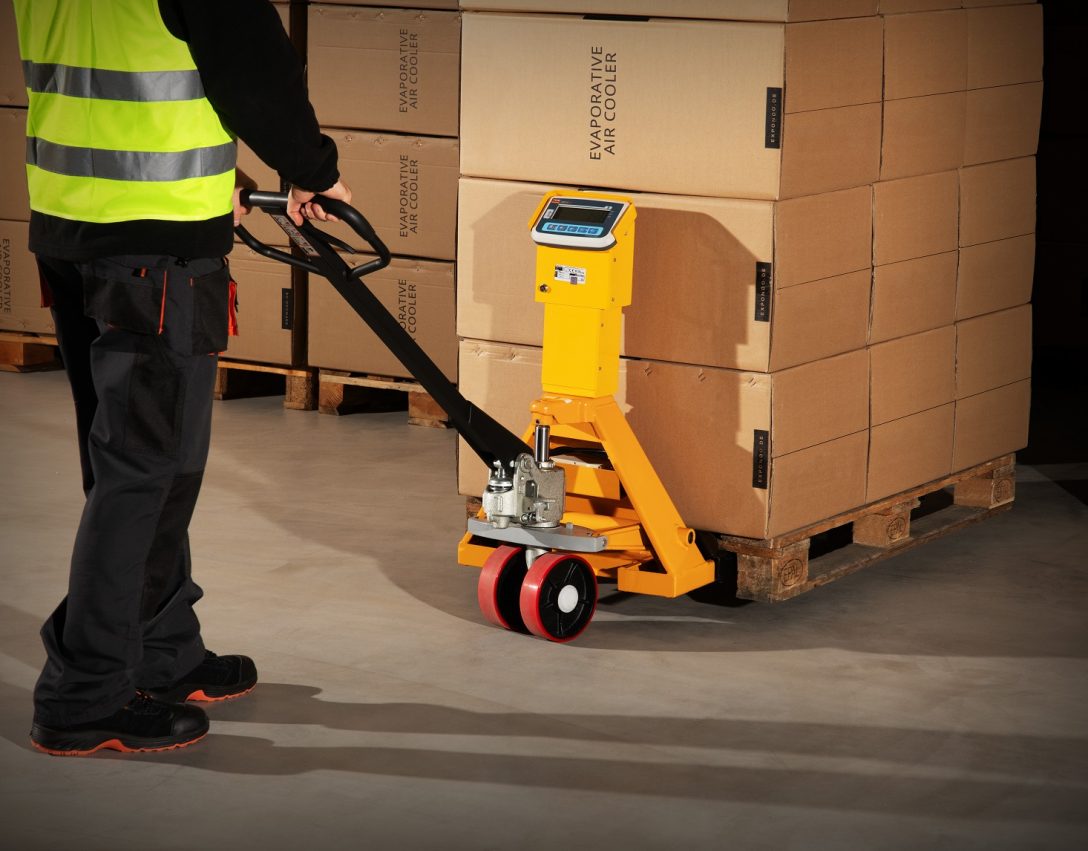

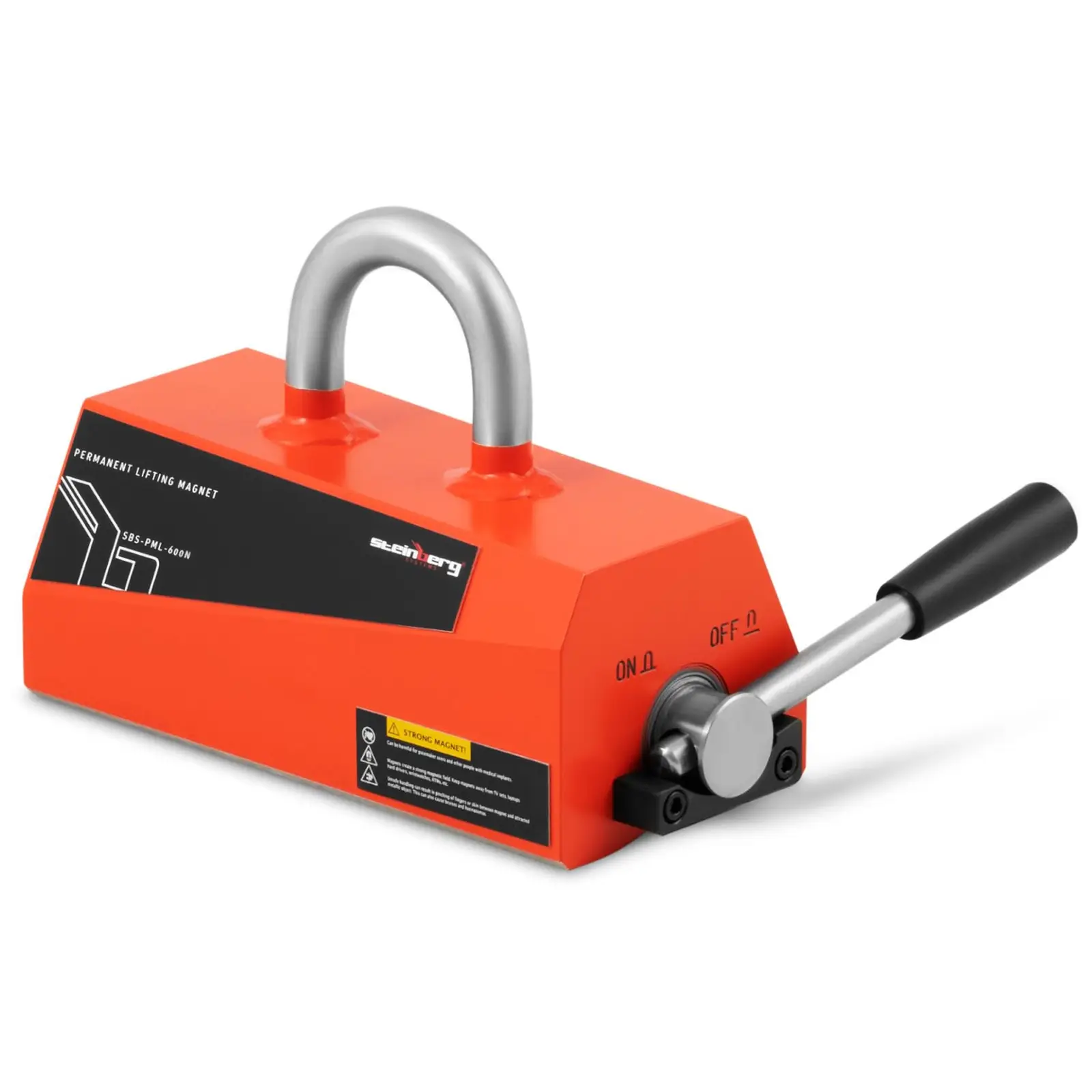
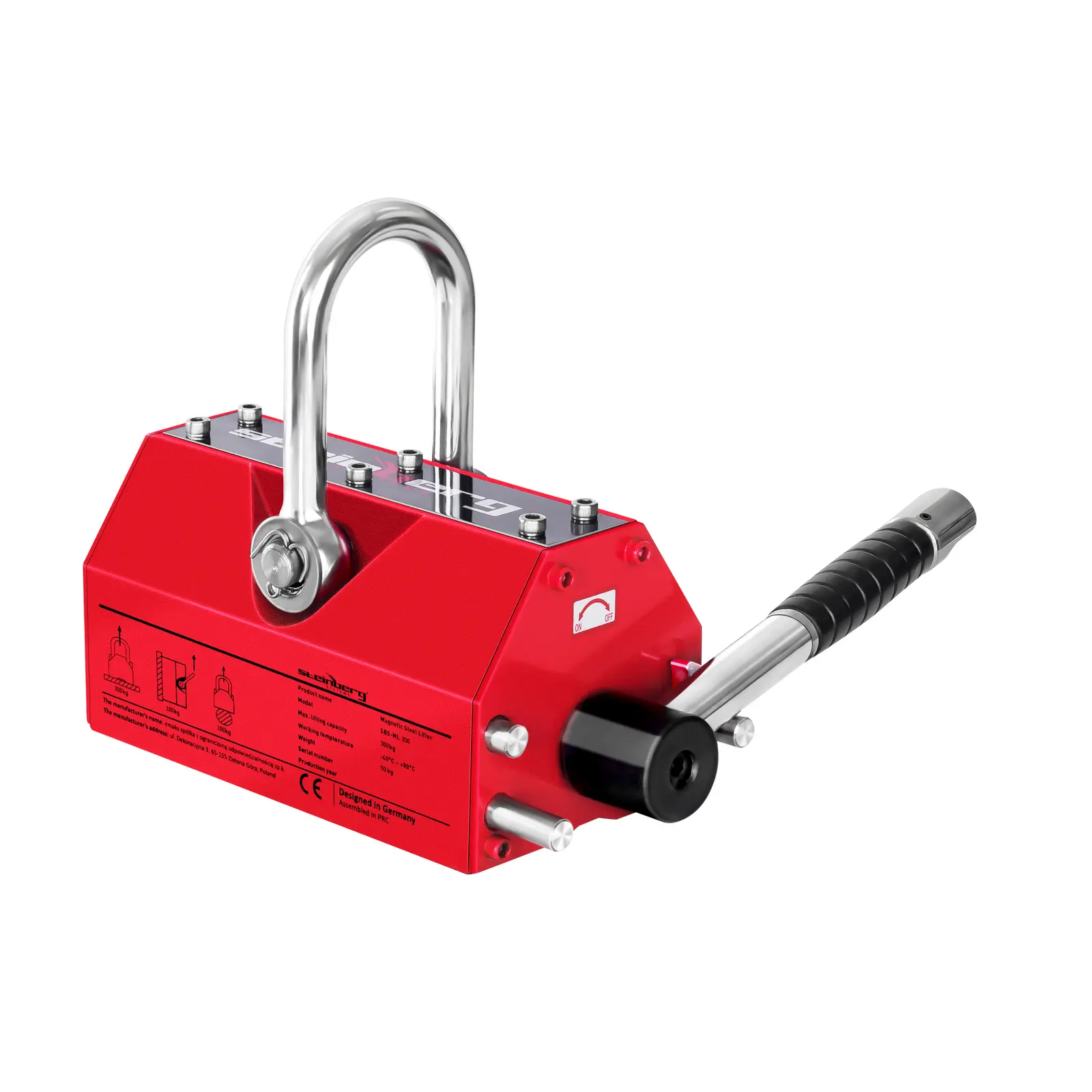
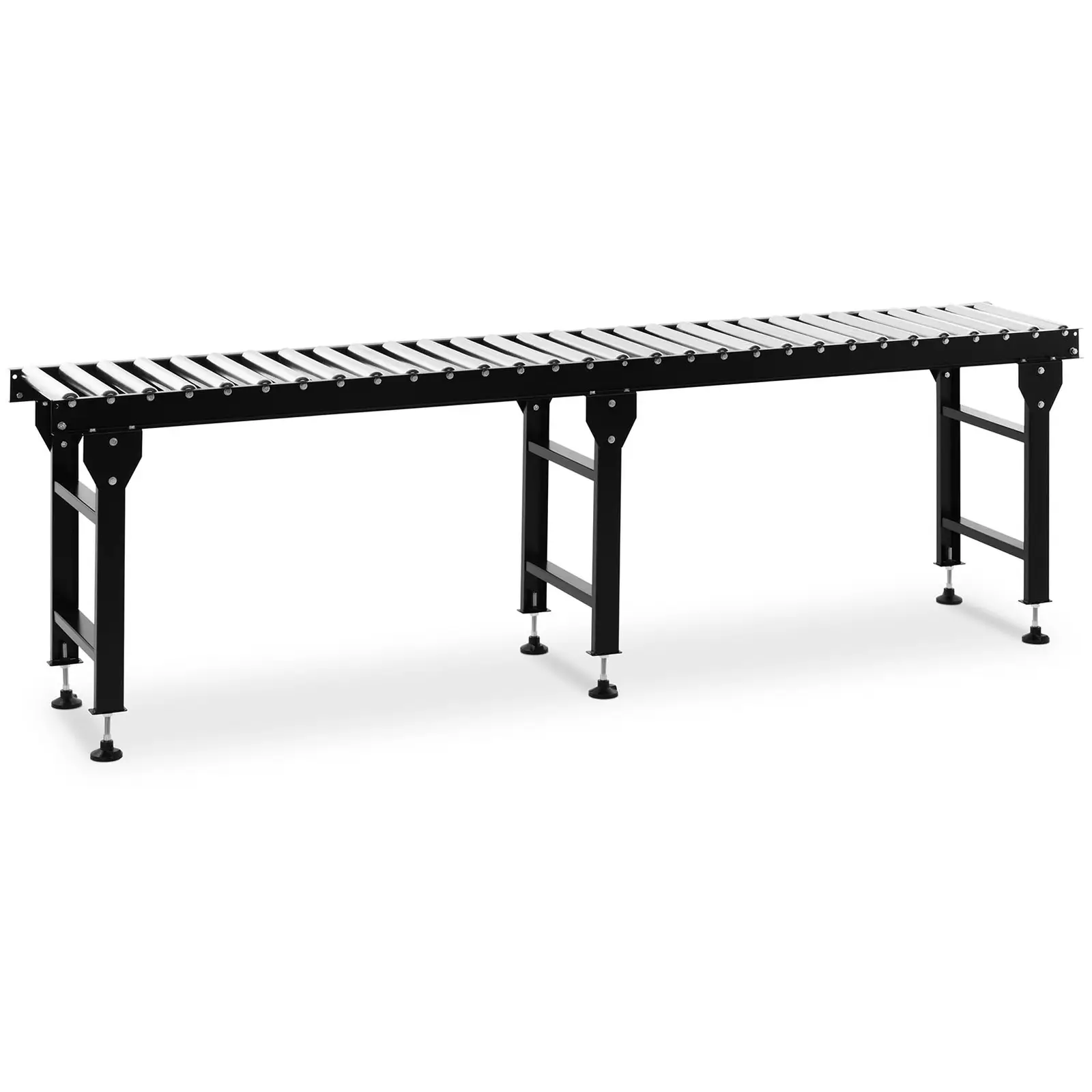
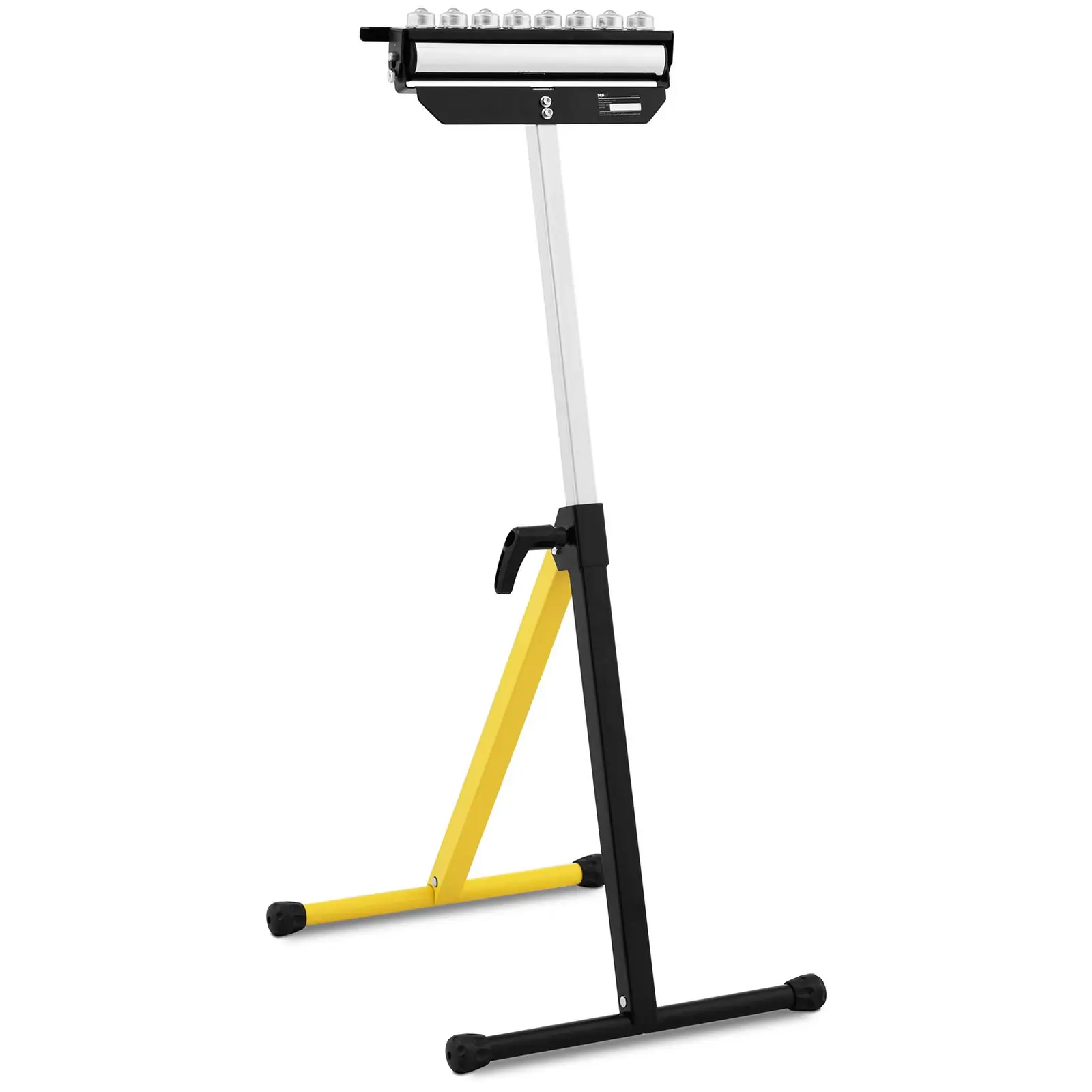





Share